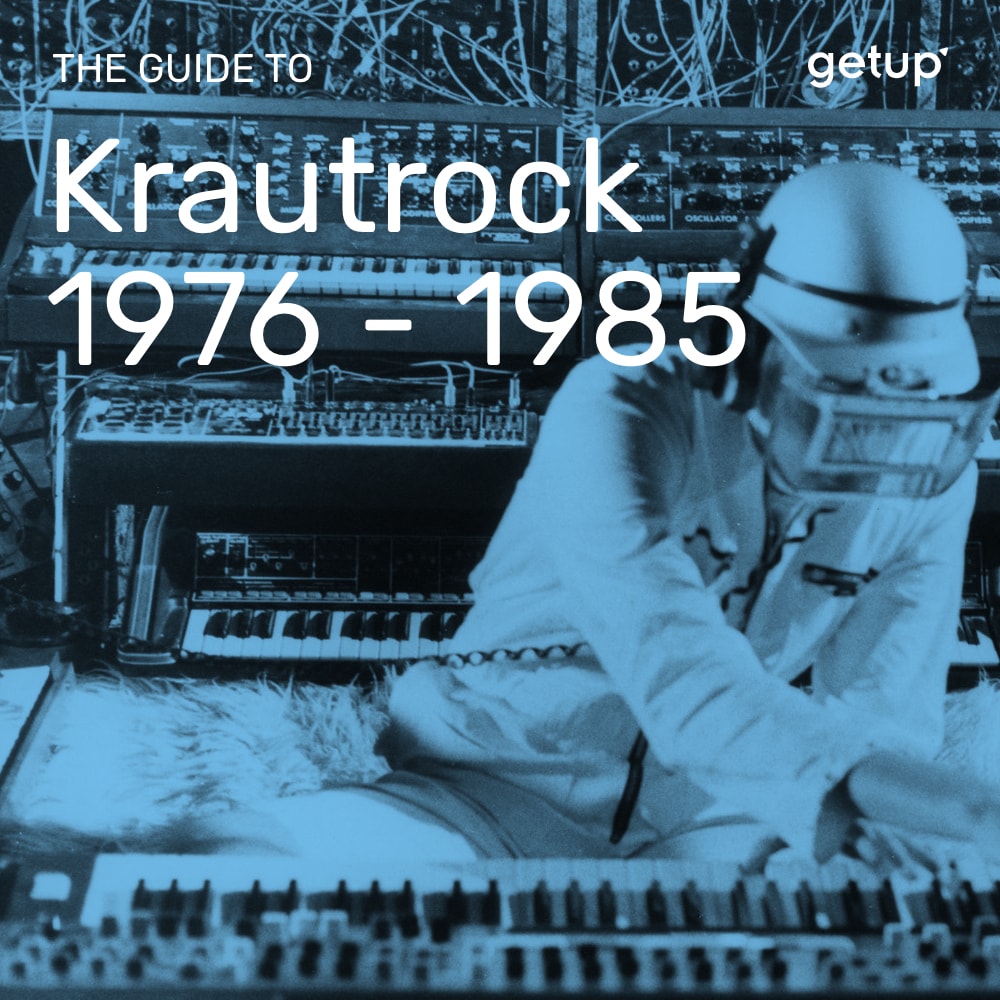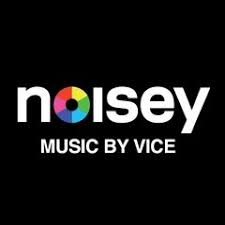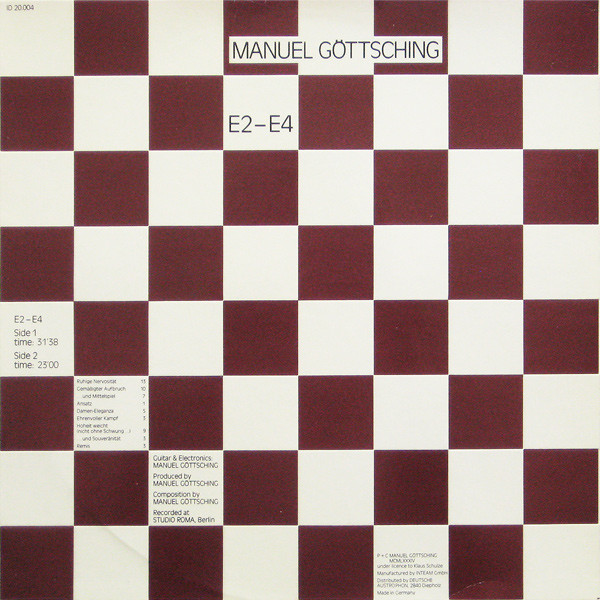Without doubt, bands like Agitation Free play the kind of rock whose lyricism sets them on a par with bands like The Doors. However, from 1974 onwards, the majority of krautrock groups left their psychedelic aesthetic roots behind.
From 1976, under the name Ash Ra, Berlin guitarist Manuel Göttsching abandoned his musical instruments (perhaps feeling too tied to rock?) and started making electro music that would be the forerunner of house and techno. Later, this time under the name Die Dominas, he further refined his style by working with the suggestive voice of Claudia Skoda. But the real revolution was his record E2-E4 (1984) which laid the foundation for house music.
Guitarist Michael Rother released a series of solo albums which kept the trance feeling of his earlier work with NEU! although inspiration dried up eventually. As for Can, they weren’t producing anything new of note, though Holger Czukay, their bassist, did record some curios, such as a blend of Arabic music and reggae for the cinema (“Persian Love”).
The Düsseldorf quartet, Kraftwerk, took up modernist themes such as technological progress (trains, computers) to produce concept albums that would go on to have worldwide appeal, and an influence that is hard to quantify. In a more restrained way, Cluster was going deeper with their ambient, ethereal sound (“Sowiesoso”). The abstraction of their style is matchless. Tracks like “Oh Odessa” have an air of almost childlike simplicity, but the atmosphere is completely unique. Brian Eno, who wrote and learnt at their side, wasn’t wrong about them.
Moebius (one half of Cluster) and the producer Conny Plank appropriated a variety of styles (reggae, rock’n’roll) and added some totally crazy arrangements in order to make some truly alien music (see the albums Rastakraut Pasta and Material). In 1983 the Guru Guru drummer Mani Neumeir joined them, adding a tribal groove to their arrangements. With hindsight, Zero Set is a staggeringly modern record. There’s no doubt that this was another revolution in krautrock.
Klaus Schulze reached his peak at the end of the seventies with Mirage and X. Their long tracks – often more than twenty minutes – are electronic symphonies. With Audentity (1983), he made the brave decision to abandon analog, one of the hallmarks of the Berlin School. The lyricism of yesteryear was fading, and being replaced with dissonant sounds, tragic strings, creaking doors, and sardonic laughter...long, magnificent wanderings through desolate, cold, grey soundscapes. And with that we can hear the sound of this tremendous musical era drawing to a close.
Krautrock’s legacy is huge and it has influenced every genre. Even the irascible singer of The Fall, Mark E. Smith – not one who’s ever effusive in his praise of others – can afford the Japanese singer of Can, Damo Suzuki, enough time for a song.




.jpg)
.jpg)
